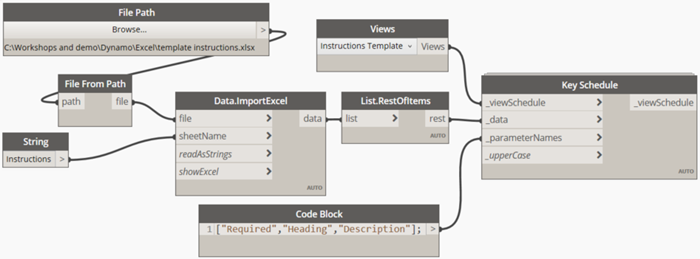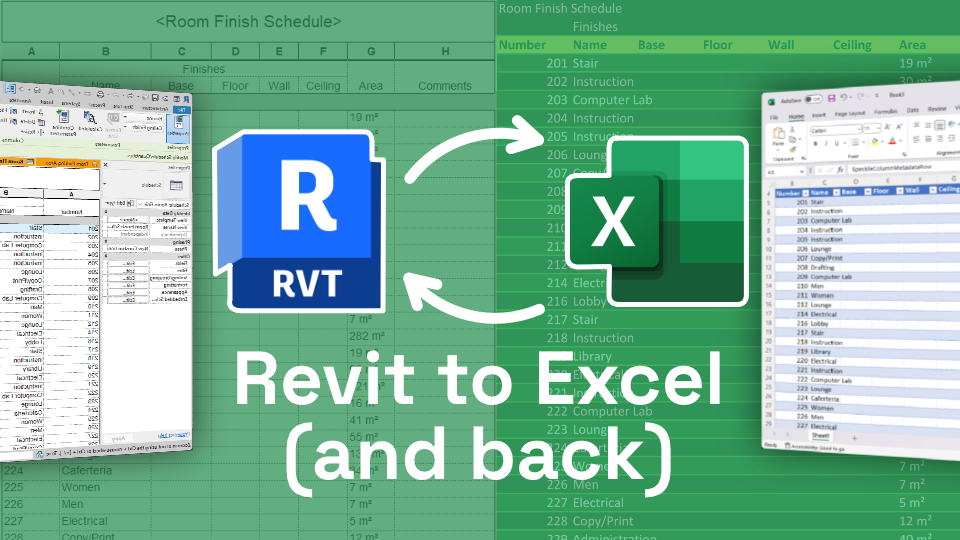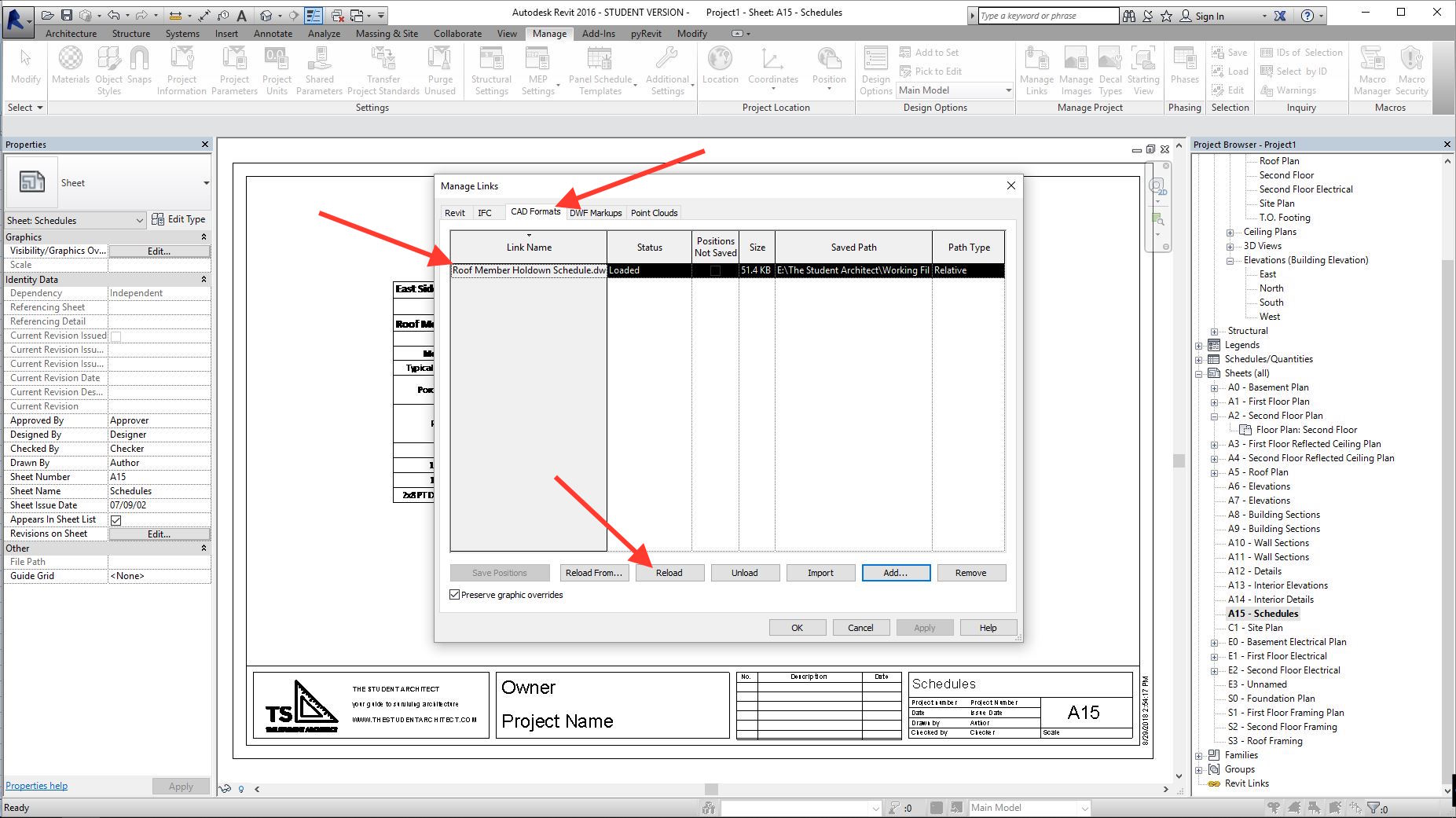Revit Tool Arsenal: Increase Your Layout Capacities
Wiki Article
Breaking Obstacles: Excel Importation Techniques for Advanced Revit Users
Check out various data importation methods and master Excel integration to enhance your Revit modeling capabilities. With our tips and techniques, you can conquer importation obstacles and become a true expert in using Excel for your Revit tasks.Advanced Revit Users: Leveraging Excel for Importation
You can quickly leverage Excel for importation as an innovative Revit user. Excel is an effective device that can significantly boost your operations and efficiency in Revit. With its ability to take care of huge quantities of data and perform complicated calculations, Excel can be a valuable property in managing and arranging your project details.One way to take advantage of Excel for importation is by utilizing the "Web link Excel" function in Revit. This function allows you to connect an Excel spreadsheet directly into your Revit task, allowing you to update and synchronize information between both programs. When dealing with timetables or tracking adjustments in your project., this can be especially beneficial.
Another method to utilize Excel is by utilizing the "Import/Export" attribute in Revit. This attribute enables you to import and export information between Revit and Excel, providing you the adaptability to work with information in both programs. You can import information from Excel into Revit to produce components such as doors, walls, or rooms, and you can additionally export information from Revit to Excel for additional evaluation or coverage.

Exploring Data Importation Approaches in Revit Using Excel
Discovering just how to import data from Excel right into Revit supplies reliable methods for integrating details. When you import data from Excel, you can effortlessly move information such as space timetables, material listings, and tools data into your Revit task. This process allows you to save time and effort by avoiding hand-operated information entry.To import data from Excel into Revit, you can use the "Import/Export" attribute. This feature allows you to map the Excel data areas to the corresponding Revit specifications, making sure that the information is correctly designated within the model. By choosing the suitable import options, you can manage how the information is imported and exactly how it engages with your project.
Another method for importing data from Excel into Revit is by utilizing Eager beaver. Eager beaver is an aesthetic shows tool that incorporates with Revit and permits you to automate tasks and operations. With Eager beaver, you can produce custom-made manuscripts that import data from Excel and manipulate it within your Revit job. This method supplies a lot more adaptability and customization choices.
Mastering Excel Integration for Advanced Revit Modeling
One key method is importing data from Excel spreadsheets straight right into your Revit design. With a couple of simple actions, you can map the Excel columns to the equivalent Revit parameters and import the information precisely.Another helpful approach is exporting data from Revit to Excel. This allows you to extract info from your design, such as routines or material amounts, and analyze it in Excel utilizing solutions, charts, or various other powerful tools. By leveraging the capabilities of Excel, you can perform complicated computations, develop personalized reports, and gain useful insights right into your job.
Along with data transfer, Excel integration can automate recurring jobs in Revit. By producing macros or manuscripts in Excel, you can automate processes like producing sights, generating sheets, or applying conventional families - revit add ins. This not only conserves time but also makes sure uniformity across your project
To grasp Excel combination in Revit, it is essential to recognize the information structure and how Revit interacts with Excel. By familiarizing on your own with the offered tools and methods, you can open the full possibility of Excel integration and take your Revit modeling to the next degree.
Overcoming Importation Challenges: Excel Techniques for Revit Experts
When getting rid of importation obstacles, it's important to be familiar with effective Excel techniques that can profit professionals in Revit. As an advanced Revit individual, you understand the significance of perfectly importing data from Excel right into your jobs.
One more valuable method is using the "Transpose" function in Excel. This permits you to transform data from rows to columns or vice versa. When importing information right into Revit, this can be specifically valuable when you have data in a vertical style in Excel, however you need it to be in a horizontal layout in Revit.
In addition, using Excel check that solutions such as VLOOKUP and INDEX-MATCH can greatly aid in mapping data from Excel to Revit. These formulas permit you to look for specific values in Excel and retrieve corresponding data from another column. This can conserve you effort and time when importing big datasets right into Revit.
Excel Data Importation Idea for Advanced Revit Users
By familiarizing on your own with efficient Excel ideas and methods, you can enhance your data importation procedure as an innovative individual of Revit. Excel is a powerful tool that can significantly facilitate the importation of data into Revit, conserving you time and boosting your performance. One helpful tip is to make use of the "Text to Columns" attribute in Excel to divide data right into different columns based on a delimiter. When you have data in a single column that requires to be split right into multiple columns in Revit, this can be specifically handy. Furthermore, making use of Excel's "Paste Unique" attribute permits you to paste data from Excel into Revit while preserving format, such as cell color or font design. When importing information that needs particular format in Revit, this can be specifically useful. Another useful method is to make use of Excel's "Replace and find" function to quickly make changes to your data prior to importing it into Revit. You can quickly change particular text or personalities with others, saving you the time and effort of by hand editing and enhancing the information in Revit. By utilizing these Excel ideas and techniques, you can enhance your information importation process and come to be a lot more proficient in operation Revit.
Final Thought
You have actually now found out valuable methods for importing information from Excel into Revit as an advanced individual. By leveraging the power of Excel assimilation, you can streamline your modeling process and get over any site here kind of importation tests that may occur. With these pointers and tricks, you will be able to understand data importation and enhance your Revit abilities. Go ahead, break those barriers and succeed in your Revit projects!
When importing information into Revit, this can be specifically valuable when you have information in a vertical layout in Excel, however you need it to be in a straight style in Revit.
Additionally, making use of Excel solutions such as VLOOKUP and INDEX-MATCH can considerably help in mapping information from Excel to Revit. Additionally, making use of Excel's "Paste Special" attribute allows you to paste information from Excel into Revit while preserving format, such as cell color or font design.
Report this wiki page